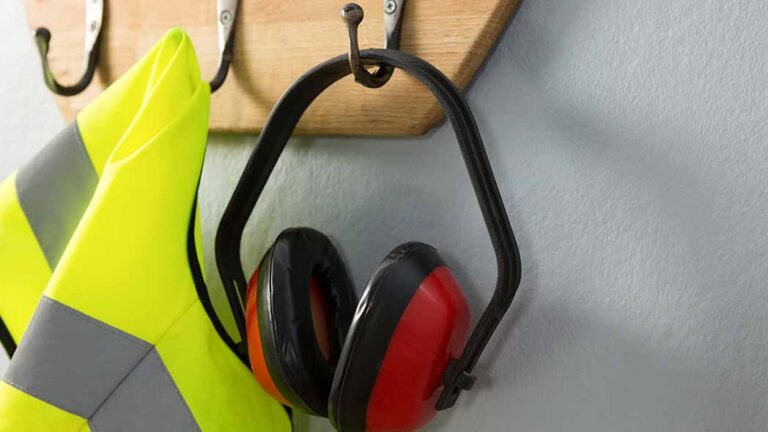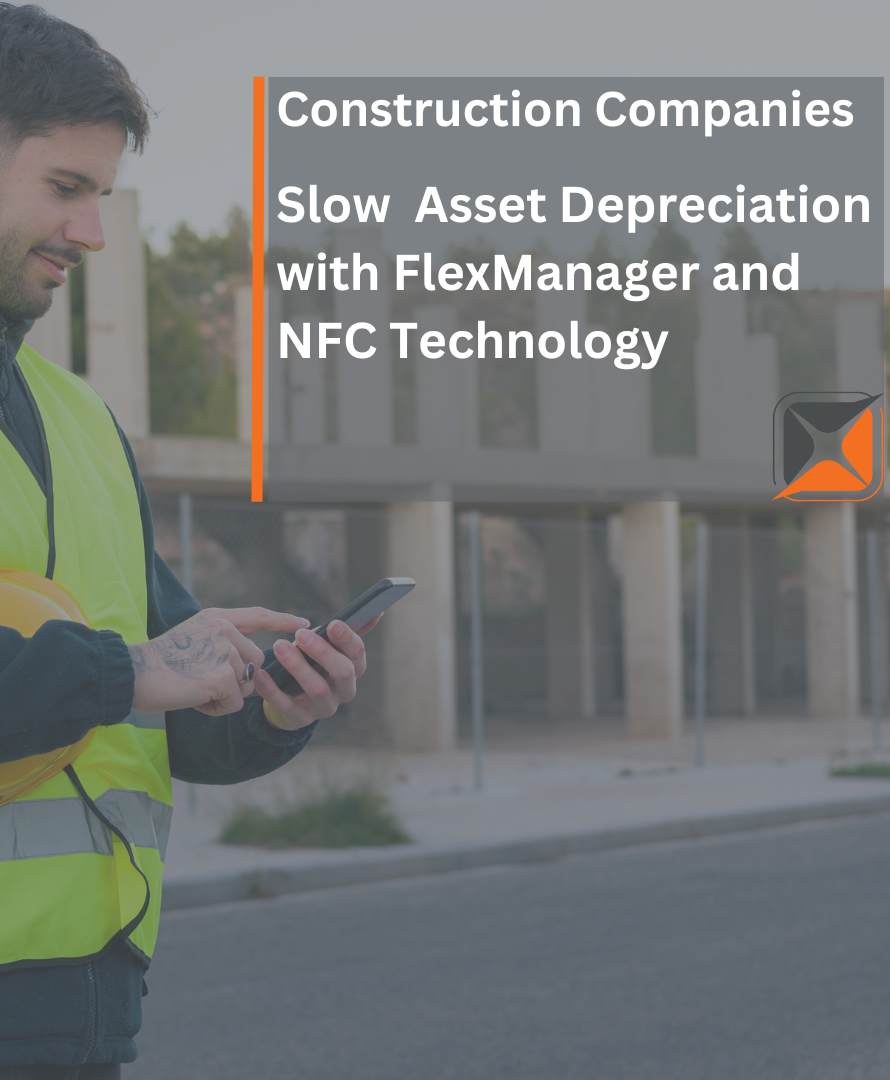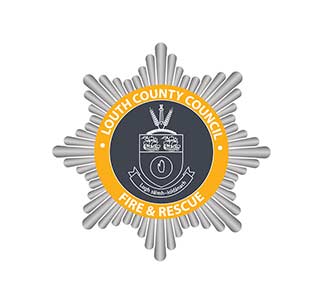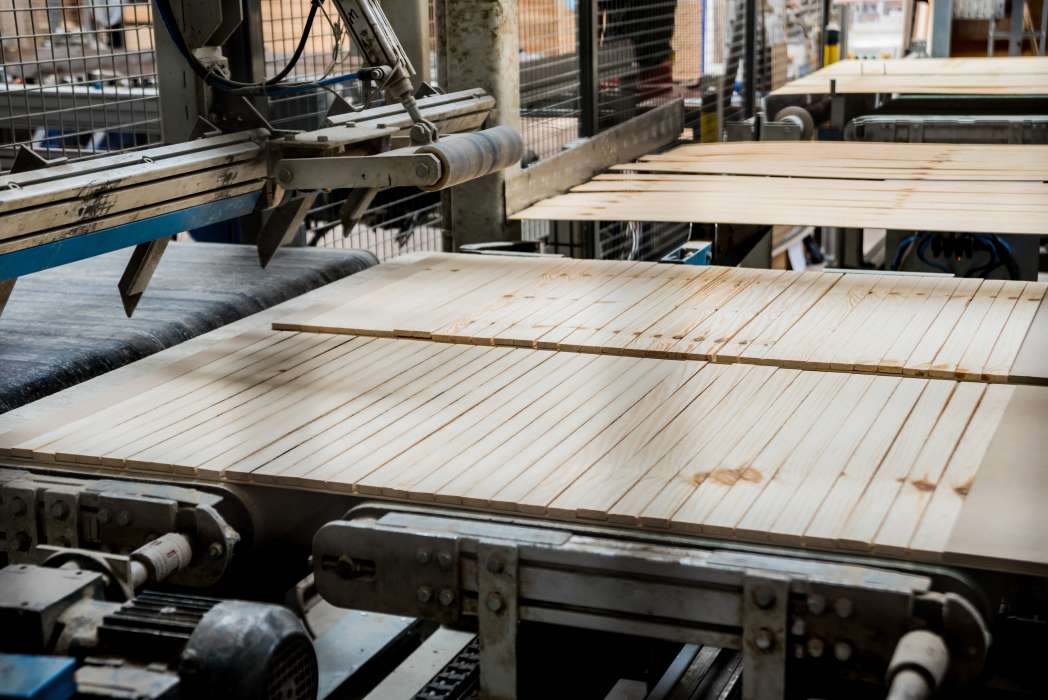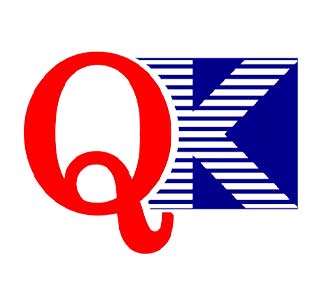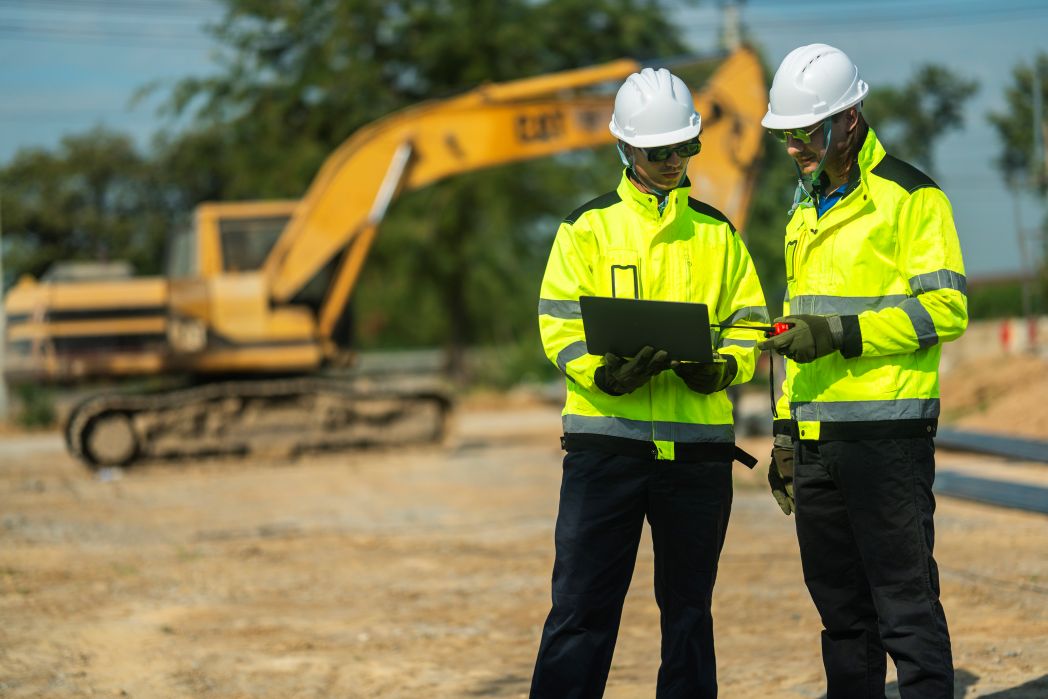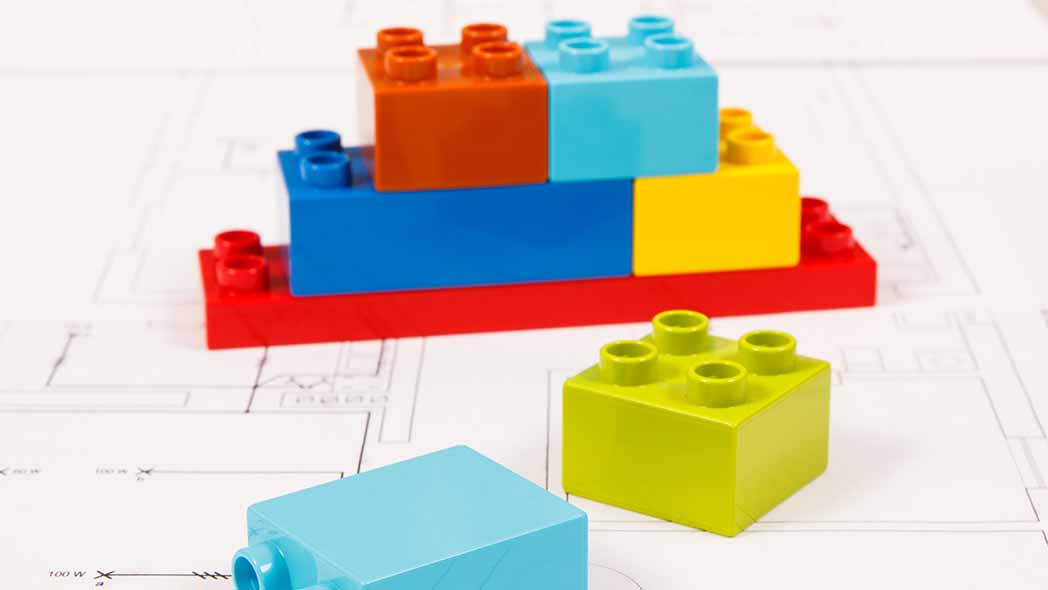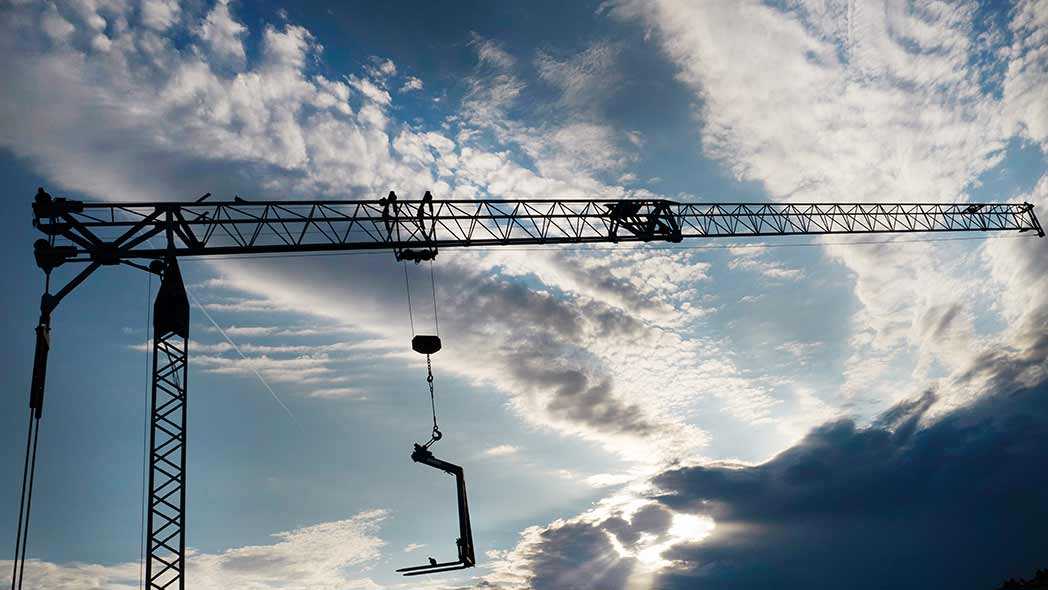Building a Safer New Year: 12 Safety Tips for 2024
Welcome to the New Year, where safety takes centre stage in Canada’s bustling construction industry. As we embark on fresh projects and challenges, let’s dive into some eye-opening statistics that highlight the importance of keeping safety at the forefront. Did you know that over 40,000 construction workers are injured every year in Canada due to…
